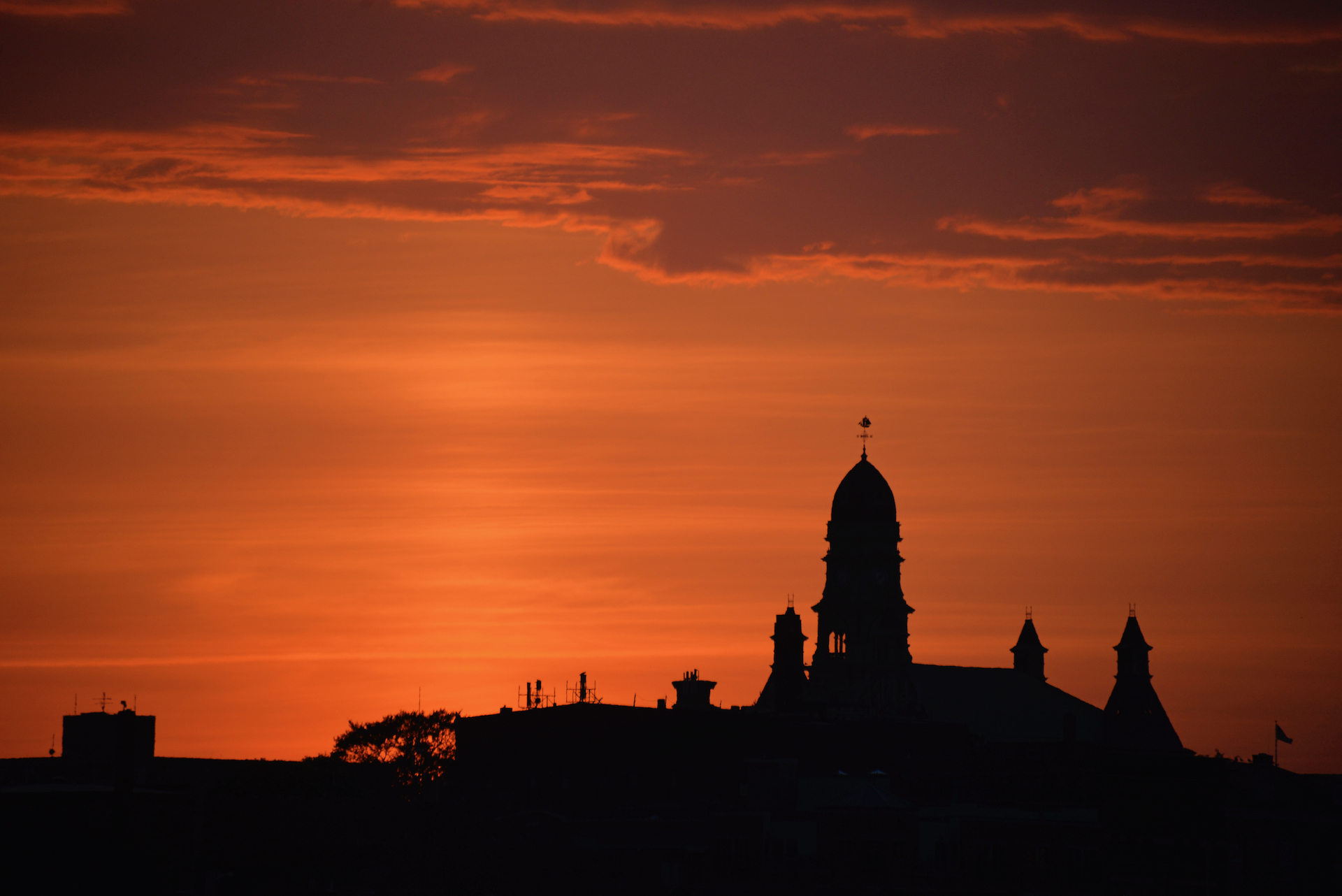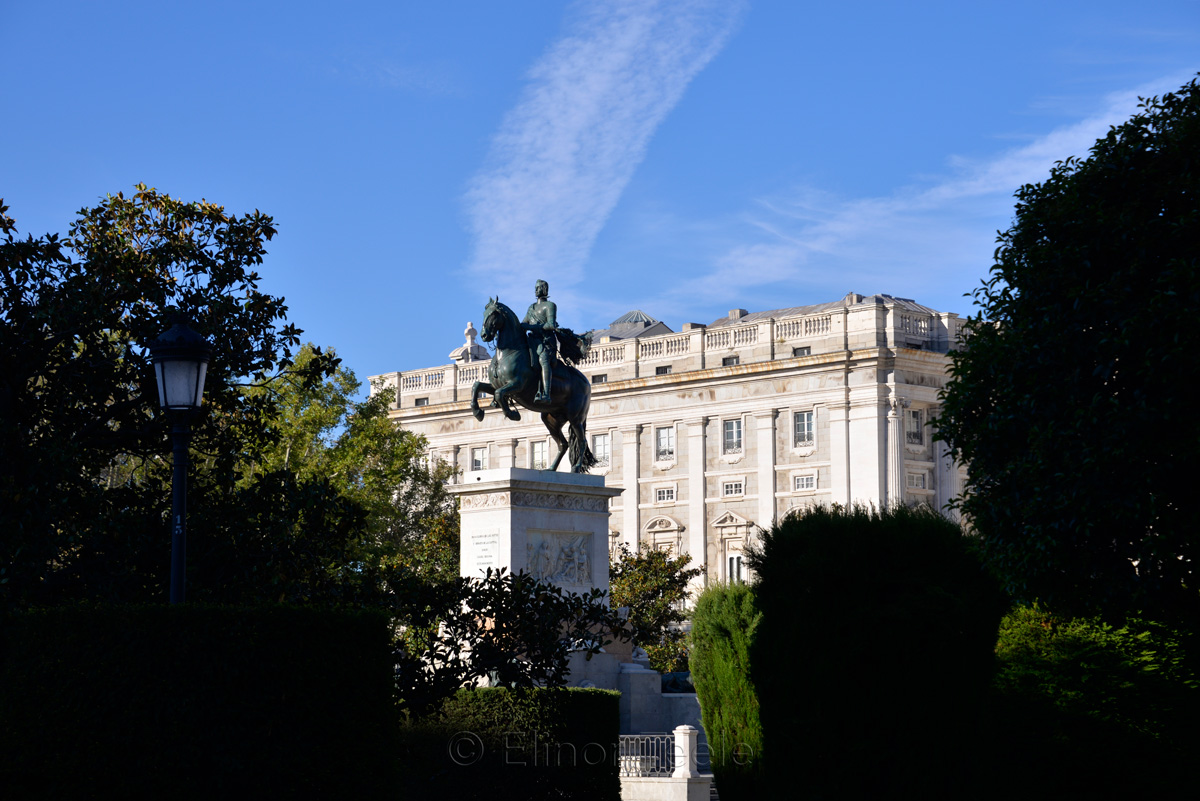Behold a miracle of 17th century engineering. According to legend, Philip IV wanted to have a bolder and more impressive equestrian statue than his father, Philip III (you can see that one in the Plaza Mayor).
So he commanded it to be so. The Italian sculptor, Pietro Tacca, was commissioned to cast it in bronze, using a painting by Velázquez as the design inspiration. But putting that much weight in the air, on the hindquarters of a horse, is trickier than it looks.
To solve the problem, Tacca consulted none other than Galileo Galilei. Galileo’s solution was to place the center of gravity as far to the back as possible, with a tail for extra ballast. In addition, this statue hides a secret—the rear is solid bronze but the front is hollow.
When he had finished with his plans and calculations, Galileo declared the statue would stand forever.
The horse has stood, but the head of the king has not. When Philip IV saw the finished product, he said his face was all wrong and demanded that the statue be decapitated. A new head was finished 6 months later.
Philip IV had the Habsburg jaw and protruding lips, so it’s interesting to speculate whether the initial sculpture reflected that fact.
Museum Bonus
The Museo del Prado has at least one equestrian portrait of Philip IV on Horseback by Velázquez. You can see how Tacca and Galileo had to raise the angle of the horse’s hooves to compensate for the bronze material.

